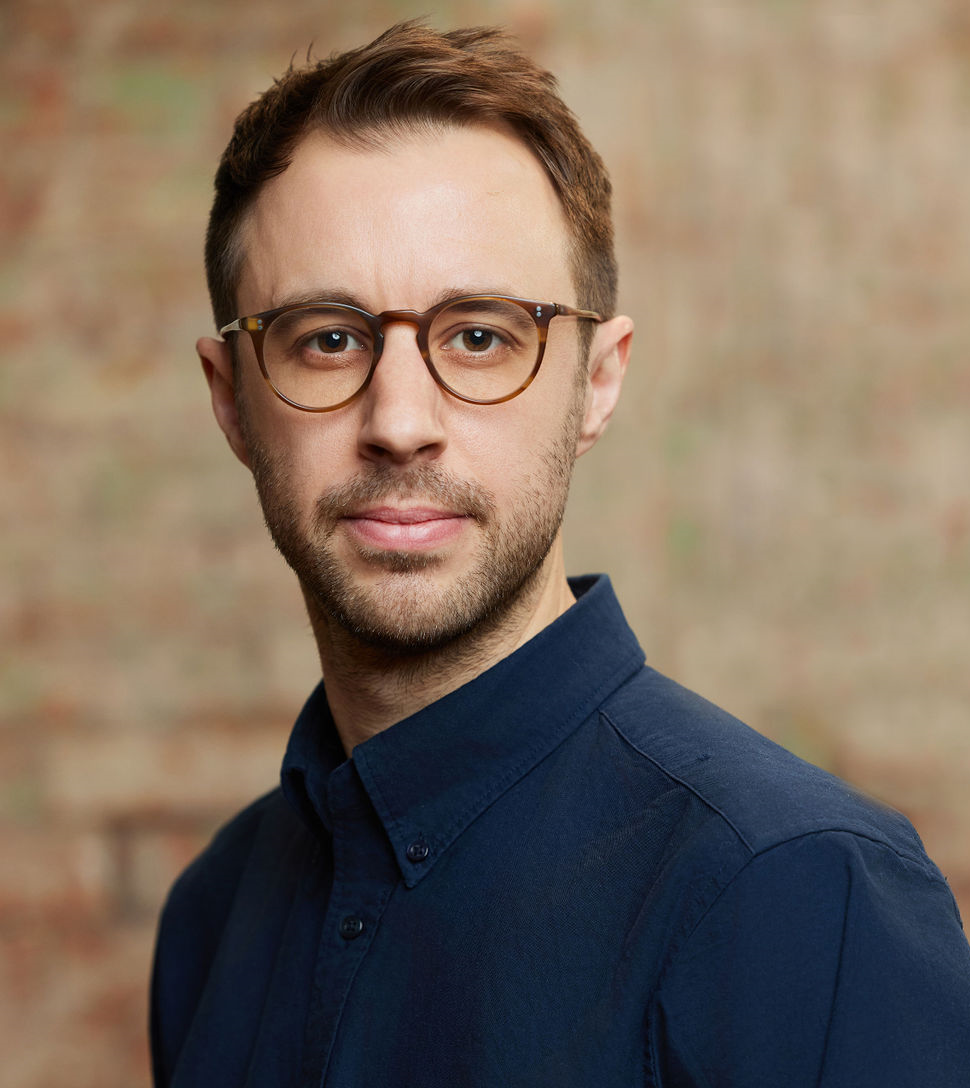Will video editing tools still dominate in a world of AI video creation?

Photo: Peter Stumpf

Experimenting with tools is part and parcel of being a video creator. With each new video editor preset or plug-in comes an opportunity tore-think the creative process. Rather than being fixed, workflows are in a constant state of evolution as technology unlocks new ways to create. Video creators are expected to be flexible, fleet-of-foot, and hungry to learn if they are to maintain a competitive advantage over their peers.
This process is changing with artificial intelligence in two ways. Firstly, video creators are experimenting with AI tools within the confines of their existing workflows. They are shooting footage, ingesting content, editing, and publishing in the same way as before, but they are using AI tools in isolation to see how they can speed up and improve this process.
Editing software has established a dominant foothold among creators
The second point of impact is far more radical. Because AI can generate video footage, brand new workflows are emerging that bypass what has come before. It is now possible to produce credible videos by using AI tools through out the entire workflow. For example, Mojo Erametsa, the head of visuals at Moskito Television & Fremantle Finland, has used Midjourney to create AI images. They then used Luma AI to turn those images into videos; ChatGPT for scriptwriting; Udio to generate AI music; ElevenLabs for AI voiceovers and SFX; and Topaz Labs for AI video upscaling. Similarly, Arata Fukoe, a video director, used only AI tools to create a music video, with ChatGPT for lyrics; Suno AI for music; Luma AI, Runway and KLING for video;Midjourney and Stable Diffusion for images; and Adobe Photoshop and After Effects for editing.
With these new workflows comes a fresh opportunity to dominate engagement. Up until now, video creation –– particularly in post-production –– has been centralised around video editing. Video editors like Adobe Premiere Pro, Apple’s Final Cut Pro and BlackMagic’s Da Vinci Resolve have continually introduced new features to make their software less about editing and more of a one-stop shop for video production. This has not gone unnoticed: more than 60% of video creators (MIDiA’s video creator survey,Q2 2024) agreed that video editing software companies had expanded their creator tools range over the past year. For these video editors, this is part of an engagement play. The more they centralise creator workflows, the higher their chances of boosting in-app engagement time, which can lead to upsells. This goes some way to explaining why video creators deem editing to be the most important part of the creative process at more than 70%, followed by recording footage and having an unexpected moment of inspiration.
Featured Report
The audio creator opportunity Audio creator behaviours and monetisation potential
Historically, YouTubers and TikTok influencers have received the lion’s share of mainstream attention as a creator class – but audio creators are increasingly active on the same digital platforms and operating within the same formats. As a result, the audio creator has become a jack of all trades, moving between copyediting, audio editing, and ...
Find out more…Could AI eat video editing software’s lunch?
Given that AI video generators require video creators to front-load many of their decisions, there is a possibility that making prompts becomes a more important part of the creative process than editing. This is especially true if decisions made during video editing, like colour grading, are now made through prompts at the start of the process.
If so, then AI video generators like Runway and OpenAI’s Sora could start centralising the video creation process around their apps. Especially if there are identifiable synergies for partnering or merging with other AI tools in the workflow, such as AI generated script, sound, or upscaling. While unlikely to dethrone editing super apps, a new breed of AI super app could emerge and compete for that much-needed creator engagement time.
This tension is good for video creators in the long-term because of the potential to drive innovation and keep prices lower. Centralising would also help the highly fragmented marketplace for AI tools. Each app needs a significant number of paying users to cover the high associated costs of using AI to generate content. While AI is poised to turn more passive entertainment consumers into video creators by lowering the barrier to entry, it is unlikely that all these apps will find a significant number of creators willing to pay for five or six individual creator apps. This is especially true when similar tools will be offered by social video platforms or pre-existing video editing companies either for free or as part of their existing subscription offers.
However, the most successful ventures may end up being those that focus on what creators need rather than what is possible with AI. By doing so, AI tools can create super apps that harness engagement by dovetailing with the new ways creators want to work. Such an approach would pose a challenge to video editing’s dominance and would certainly prompt a competitive response.
· Click here for more information on MIDiA’s new "State of the video creator economy" report and video creator vertical

There is a comment on this post, add your opinion.